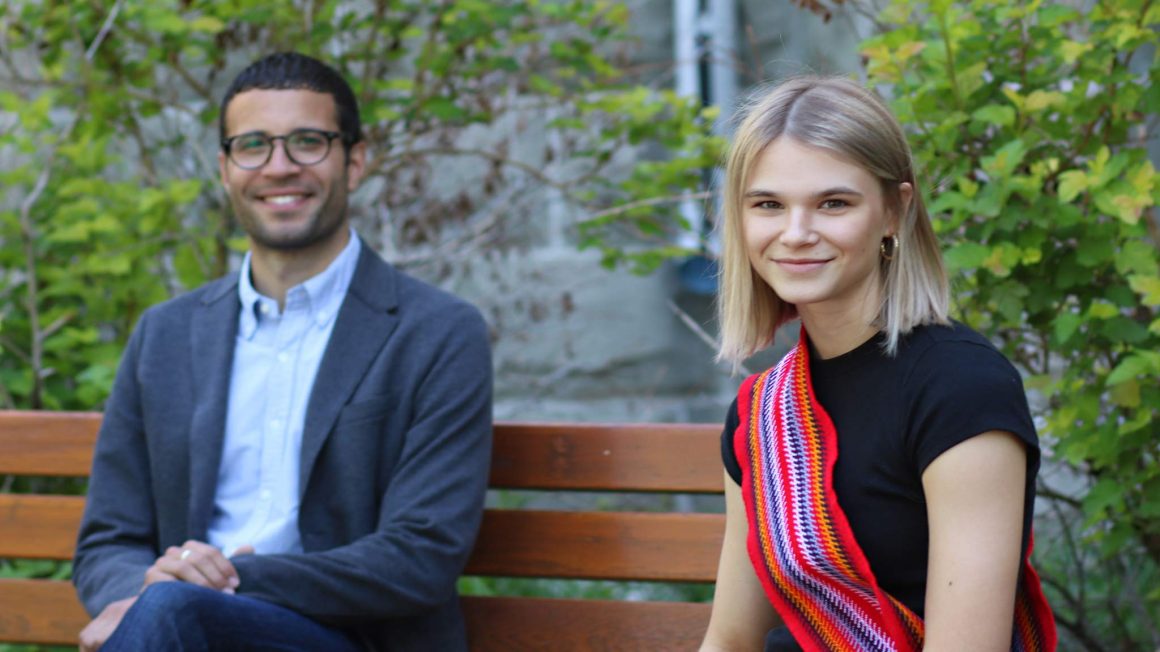Airflow limitation is a phenomenon that commonly occurs in individuals that have chronic respiratory conditions, such as asthma or chronic obstructive pulmonary disease. However, it can also occur in healthy individuals, usually during heavy exercise.
First-year University of Winnipeg student Gracie Grift, a Pathway to Graduate Studies (P2GS) scholar, worked with Dr. Yannick Molgat-Seon to determine which factors predispose healthy individuals to airflow limitation and whether these factors differ based on sex.
I wanted to gain insight and knowledge into scientific fields that I had not yet explored.
Gracie Grift
Grift used a large dataset that includes detailed anthropometric, pulmonary function, and exercise data that has been collected in more than 100 healthy males and females. Her work has involved analyzing the data and constructing statistical models in R, an open-source statistical analysis software package.
“My research with Dr. Yannick Molgat-Seon looked at expiratory flow limitation (EFL) in healthy female and male adults,” explained Grift, who is pursuing a Bachelor of Science (Hons) in Biology. “Specifically looking at what factors predict EFL and if these factors differ between males and females.”
The P2GS program supports Indigenous students in the natural sciences and engineering (NSE) fields. It is designed to introduce students to research opportunities, and build a network of peers and mentors across UWinnipeg as they progress through their undergraduate programs and eventually into graduate school in STEM fields.
Through the P2GS program and learning from Molgat-Seon, Grift has been inspired to seek other research opportunities during her undergraduate degree.
Grift applied to the program to gain research experience in the sciences. She also enjoyed meeting other Indigenous students who share her love for science.
“I have always had a passion for science and I thought this program would be an amazing way to develop my technical skills and learn more about the research world,” said Grift. “Moreover, I wanted to gain insight and knowledge into scientific fields that I had not yet explored.”
Every year, Molgat-Seon recruits interested students to work in his laboratory and learn how research is conducted.
“Working with Gracie has been fantastic,” said Molgat-Seon. “She’s very sharp and her work has been exemplary. Her enthusiasm for research and her ability to learn so quickly is direct evidence of the effectiveness and importance of P2GS program. I’m confident that she’ll be able to take what she’s learned during the P2GS program and apply it during the rest of her undergraduate studies and beyond.”

